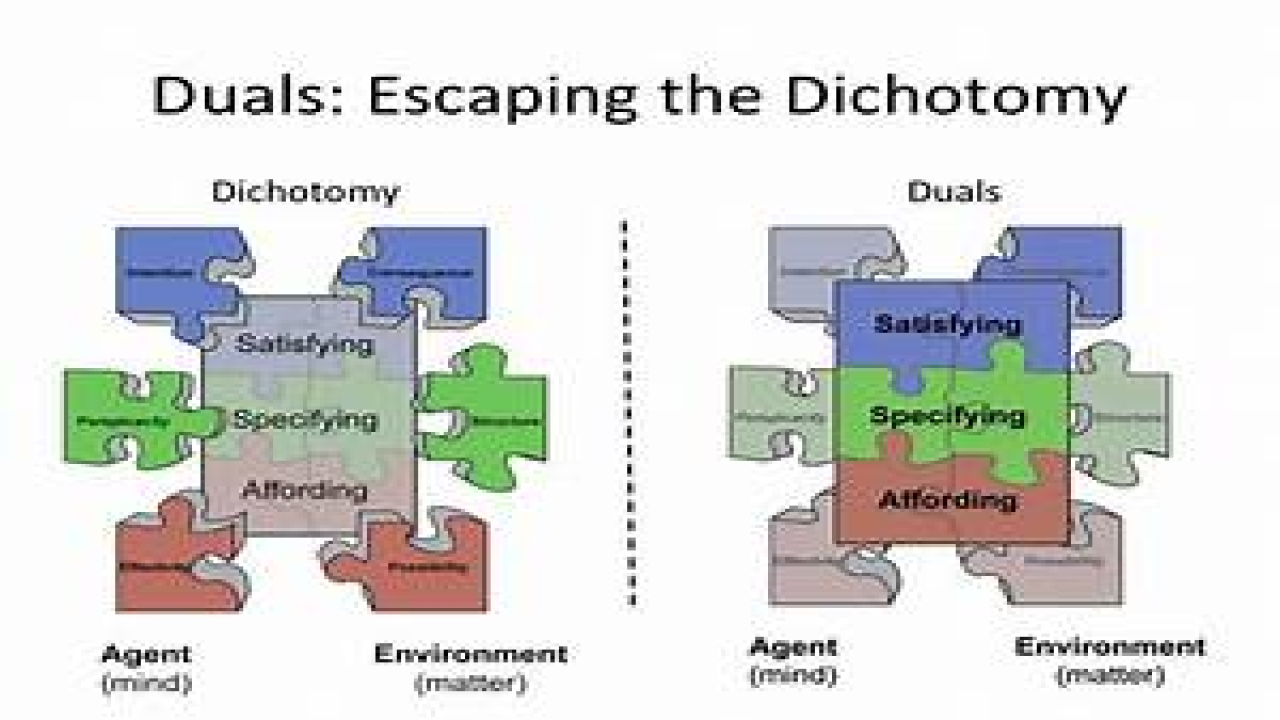Dichotomy and Dualism Issues
Dichotomy and dualism are two forms of binary thinking that have been influential in philosophy and science. Dichotomy involves dividing a concept into two opposing and exclusive categories, while dualism involves the belief in two fundamental, irreducible, and opposing entities. Understanding dichotomy and dualism is essential in recognizing and overcoming binary thinking in our personal and professional lives.
Meaning and History of Dichotomy and Dualism
Dichotomy and dualism are two forms of binary thinking that have been influential in philosophy and science. Dichotomy involves dividing a concept into two opposing and exclusive categories. This approach dates back to the ancient Greeks, who emphasized the importance of logical reasoning and dividing concepts into opposing categories, such as good and evil, or truth and falsehood.
Dualism, on the other hand, involves the belief in two fundamental, irreducible, and opposing entities. This approach can be traced back to the philosopher Plato, who believed in the existence of two worlds: the world of physical objects and the world of abstract ideas. Dualism has also been influential in science, particularly in the study of mind and body, with some theorists arguing that the mind and body are fundamentally separate entities.
Types of Dichotomy and Dualism
- Epistemological Dichotomy: Epistemological dichotomy involves the division of knowledge into two opposing categories, such as objective and subjective or rational and emotional.
- Ontological Dualism: Ontological dualism involves the belief in two fundamental, irreducible, and opposing entities, such as mind and body or material and spiritual.
Examples of Dichotomy and Dualism
- Epistemological Dichotomy: An example of epistemological dichotomy can be seen in the debate between objective and subjective knowledge. Some theorists argue that knowledge can only be objective and based on empirical evidence, while others argue that subjective experiences and emotions are essential in developing a comprehensive understanding of the world.
- Ontological Dualism: An example of ontological dualism can be seen in the mind-body problem. Some theorists argue that the mind and body are fundamentally separate entities, while others argue that they are interconnected and interdependent.
Dichotomy and Dualism Issues
- Oversimplification: Dichotomy and dualism can lead to oversimplification and the overlooking of complex, nuanced perspectives. By dividing concepts into opposing categories, we may overlook the many shades of gray that exist in between.
- Power Relations: Dichotomy and dualism can perpetuate existing power imbalances by reinforcing binary thinking and marginalizing certain perspectives.
- Essentialism: Dichotomy and dualism can lead to essentialism, or the belief that certain characteristics are inherent and unchanging. This can lead to the reinforcement of stereotypes and the overlooking of individual differences.
Strategies for Overcoming Dichotomy and Dualism
- Critical Reflection: Critical reflection involves reflecting on the values, assumptions, and biases that shape our thinking. By critically reflecting on our own perspectives, we can develop a more nuanced understanding of the world and avoid reproducing binary thinking.
- Intersectionality: Intersectionality involves recognizing the intersection of different identities and experiences. By recognizing the complexity of individuals and communities, we can avoid oversimplification and binary thinking.
- Holistic Thinking: Holistic thinking involves considering the interconnectedness of different phenomena. By considering the many different factors that shape a concept, we can avoid dichotomous thinking and develop a more comprehensive understanding of the world.


